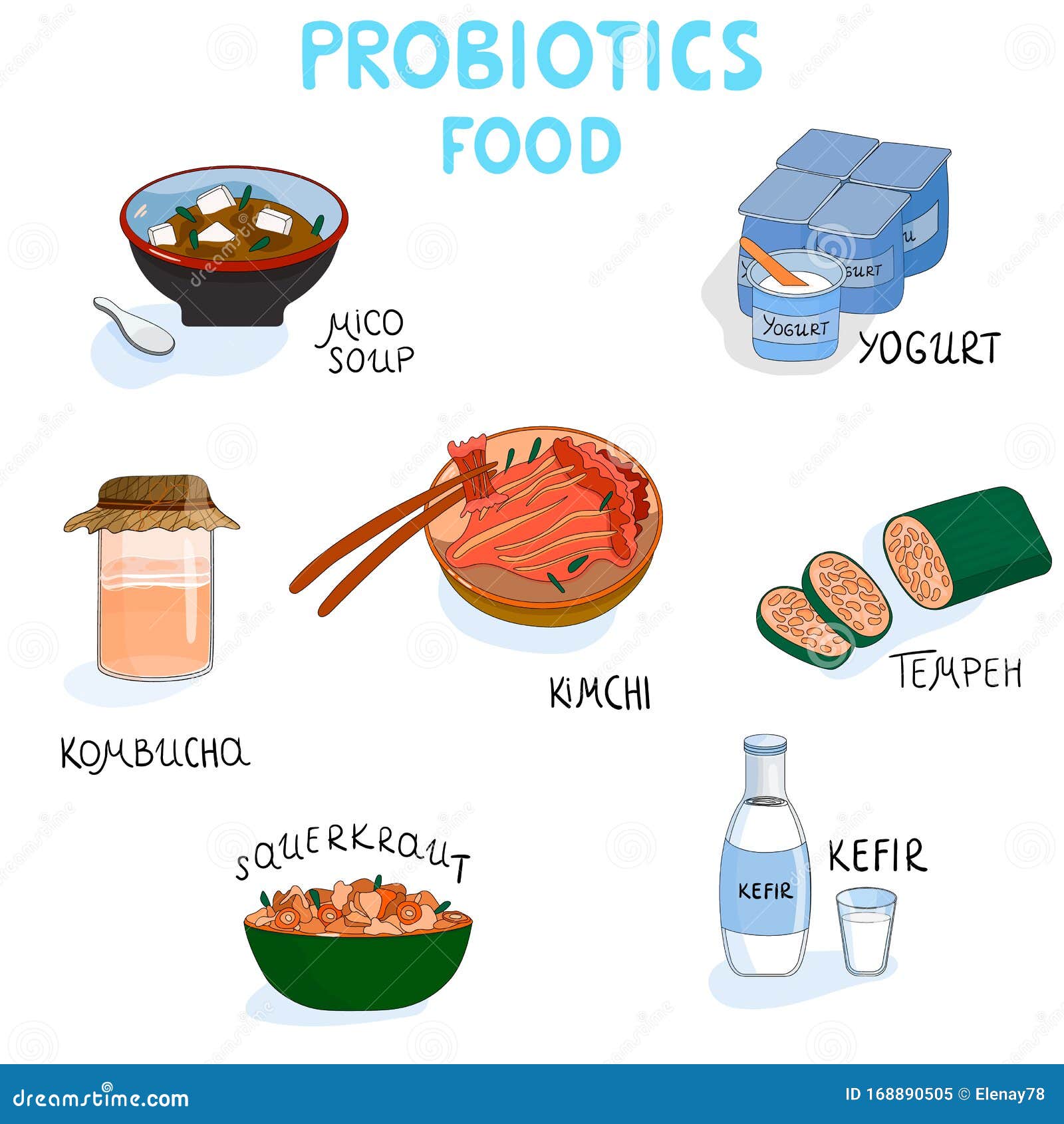We always know alcohol is harm for the brain and memory, but what does alcohol actually do to your brain? This time, we will discuss about it.
1. Gray matter is decreasing
An article published in the American Journal of Psychiatry (AJP) studied the effects of alcohol consumption on brain growth and development in adolescents aged 12-21. They tracked the brains of the participants before and after the study via magnetic resonance imaging (MRI) and it was found that the volume of gray matter in the participants who drank a lot of alcohol decreased more quickly. The growth of central white matter was slower than the low-drinking group.
During the maturation of the brain, the gray matter of the cerebral cortex will normally increase during the first ten years of life and then it will continue to decline. Throughout adolescence stage, the volume of white matter increases and only slows down in the third decade. The results of the study show that alcohol clearly deviates the teenagers' brains from normal developmental rules. Because the prefrontal area of the brain is the latest to mature, the prefrontal cortex gray matter has the most obvious effect. The frontal cortex is the brain area responsible for cognitive function. The accelerated decline of the prefrontal cortex will lead to accelerated impairment of cognitive function. The damage caused by alcohol to these areas may also affect their self-control, decision-making ability and judgment.
2. Hippocampus is shrinking
A study published in the British Medical Journal (BMJ), 550 adult participants repeatedly measured cognitive performance, weekly alcohol consumption and performed MRI.
Participants who consumed 30 units of alcohol per week (1 unit is about 8g of alcohol) had the highest risk of hippocampal atrophy. It was 5.8 times non-drinkers. Moderate drinkers (male: 7-21 units/week, female: 7-14 units/week) have 3.4 times the risk of hippocampal atrophy to non-drinkers. Light drinking (1-7 units/week) cannot still prevent hippocampal atrophy.
3. The brain is shrinking and it is not far from dementia
Researchers believe that heavy drinking is the most important risk factor for dementia, especially early-onset dementia. They found more than 1 million cases of dementia, ruled out patients with rare forms of dementia and early mental disorders. They finally found that there are over nine hundred thousand people actually suffer from alcohol use disorders. It can be seen that there is a strong correlation between alcohol and dementia. In early-onset dementia, 57% of patients under 65 years of age have a history of alcohol abuse suffer from dementia.
4. There may be gender differences, men are probably more serious
The long-term effects of alcohol on the brain are mediated by 𝛾-aminobutyric acid and brain potential changes are caused by transcranial magnetic stimulation of the motor cortex. A study compares with the brain potential changes between drinkers and non-drinkers. It was found that the amplitude of brain potential changes in men was more obvious. This indicates that the harm of long-term drinking in men may be higher than that in women. The changes of brain function are more likely to occur.
😣For your health, don't drink too much at least.😣
For more detail, click the links below👇👇👇
https://www.medscape.com/viewarticle/888268#vp_4
https://www.medscape.com/viewarticle/882497


























